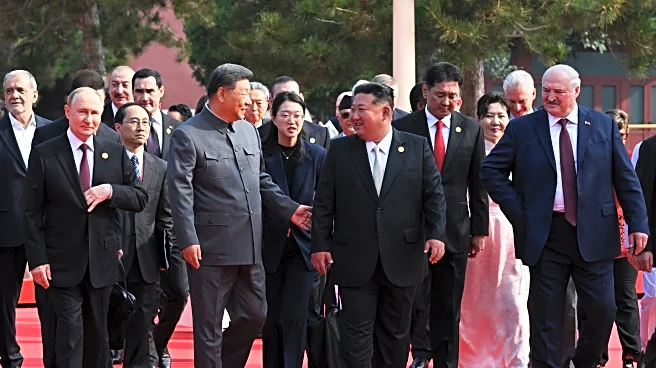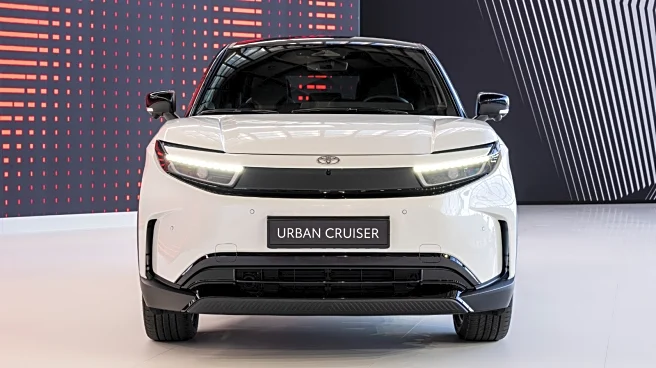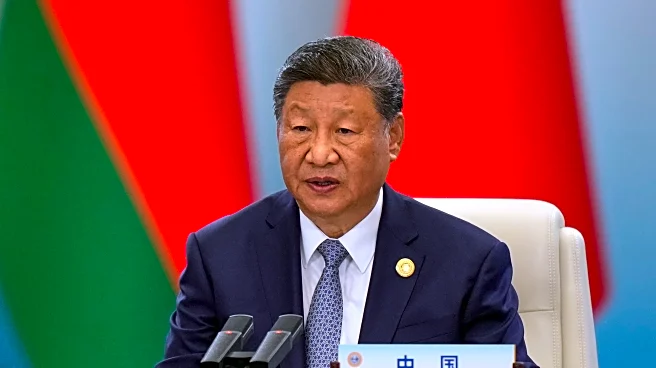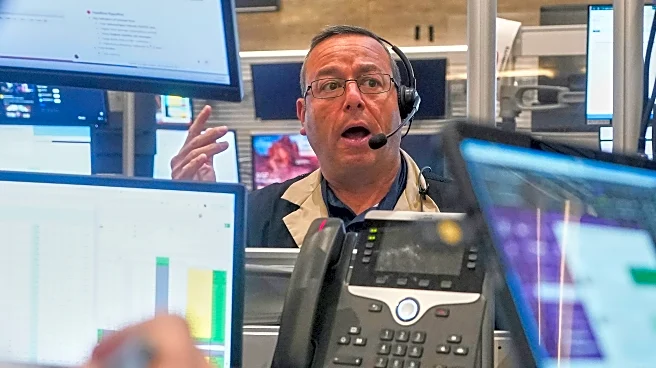What's Happening?
Luxury analysts are identifying emerging markets as potential growth areas for the luxury goods sector, amidst a slowdown in major markets like China and the U.S. Erwan Rambourg from HSBC and Luca Solca from Bernstein have pointed to regions such as South Africa, Nigeria, Mexico, Indonesia, and India as having strong growth potential, albeit from a small base. The Middle East is highlighted as a particularly thriving market, bolstered by infrastructure projects and a diverse consumer base including local residents and tourists. The easing of visa restrictions in emerging Chinese destinations like Thailand, Cambodia, and Vietnam is also facilitating luxury market growth. Despite challenges, analysts forecast a U-shaped recovery with low-single-digit growth as uncertainties diminish.
Why It's Important?
The identification of emerging markets as growth areas is crucial for luxury brands seeking to offset declining demand in traditional markets. The Middle East's robust performance, driven by infrastructure development and diverse consumer demographics, offers a model for other regions. The easing of travel restrictions in Asia could further boost luxury consumption, providing opportunities for brands to expand their reach. This shift highlights the importance of adapting to regional economic conditions and consumer preferences, which could redefine global luxury market strategies. Brands that successfully navigate these changes stand to gain significantly, while those that fail to adapt may struggle.
What's Next?
Luxury brands are likely to increase their focus on emerging markets, investing in infrastructure and marketing strategies tailored to local consumers. The Middle East's success may prompt similar initiatives in other regions, potentially leading to increased competition among brands. Analysts expect a gradual recovery in traditional markets, with China playing a pivotal role in future growth. Brands may also explore collaborations and product innovations to appeal to diverse consumer bases. The evolving landscape will require brands to balance heritage with modernity, ensuring they remain relevant to both established and new audiences.














